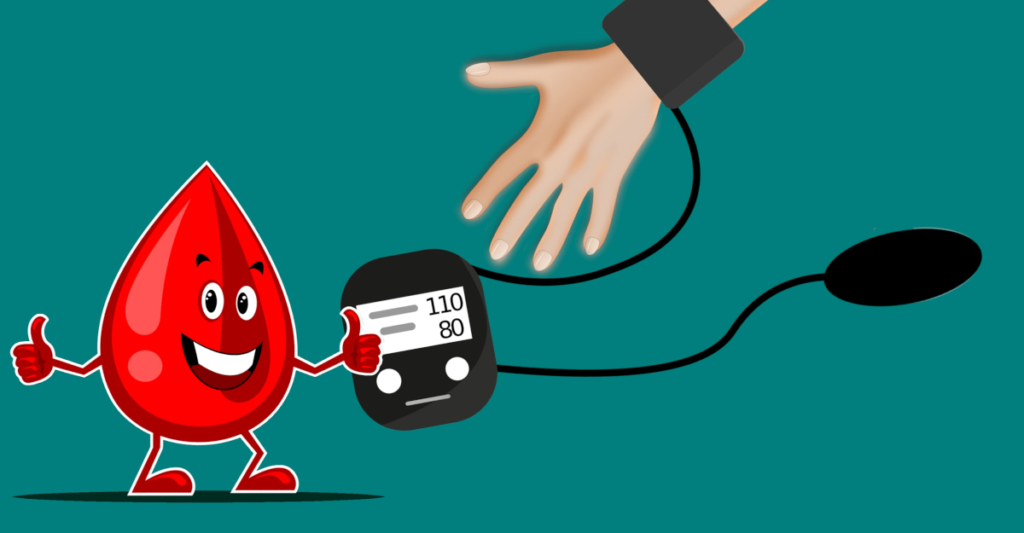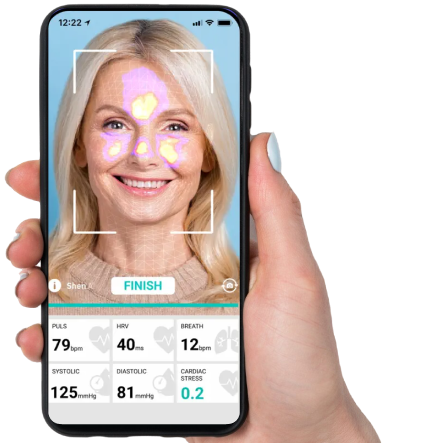The proportion of U.S. adults with hypertension whose BP is controlled is declining. According to the study published in the Journal of Hypertension, researchers analyzed data from the National Health and Nutrition Examination Survey (NHANES) from 2009 to 2012, 2013 to 2016 and 2017 to 2020.
NHANES is a cross-sectional survey that combines interviews and physical examinations of civilians and noninstitutionalized individuals in the U.S. The survey is conducted by the Centers for Disease Control and Prevention’s National Center for Health Statistics.
According to NHANES, the proportion of U.S. adults with hypertension who have controlled their blood pressure has increased from 31.8% in 1999 to 2000 to 53.8% in 2013 to 2014.
“However, between 2013 to 2014 and 2017 to 2018, the improvement in BP control was reversed,” wrote the authors, who include Dr Gregory Wozniak, VP health outcome analytics at the American Medical Association.
In this study, hypertension was defined as 140 mm Hg or more systolic blood pressure or 90 mm Hg or more diastolic blood pressure. In addition, researchers also analyzed the use of antihypertensive medications.
From 52.8% in 2009–2012 to 51.3% in 2013–2016 to 48.2% in 2017–2020, the percentage of U.S. adults with hypertension who had controlled their blood pressure steadily declined. Additionally, the percentage of people taking antihypertensive medication whose blood pressure has been controlled has dropped from 69.9% in 2009-2012 to 67.7% in 2017-2020.
All U.S. adults with hypertension taking antihypertensive medications experienced a decline in BP control over the period studied.






